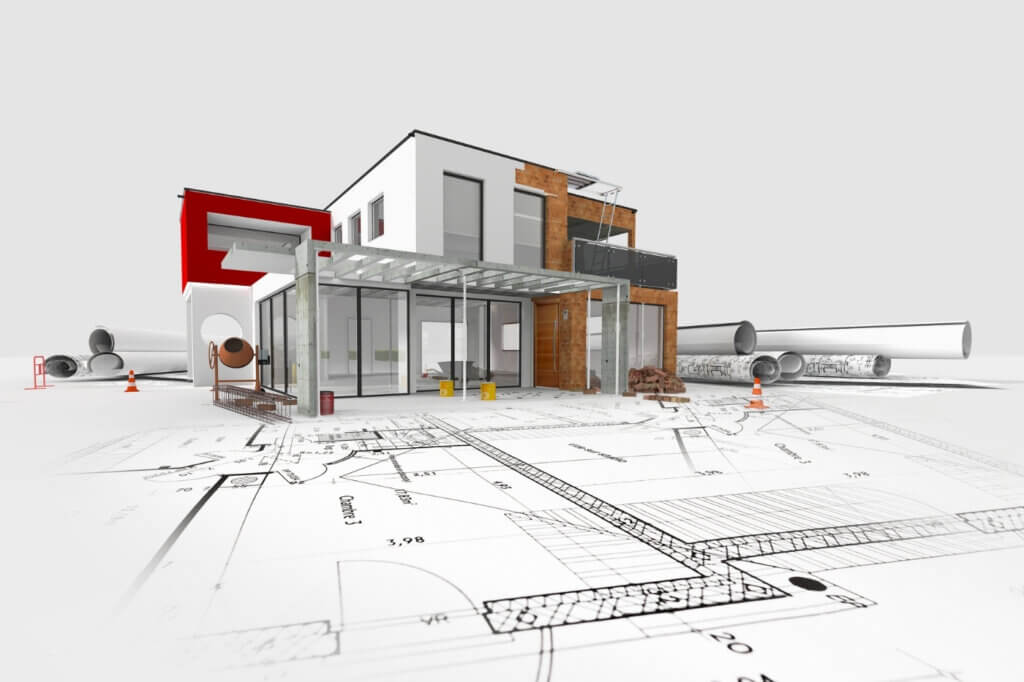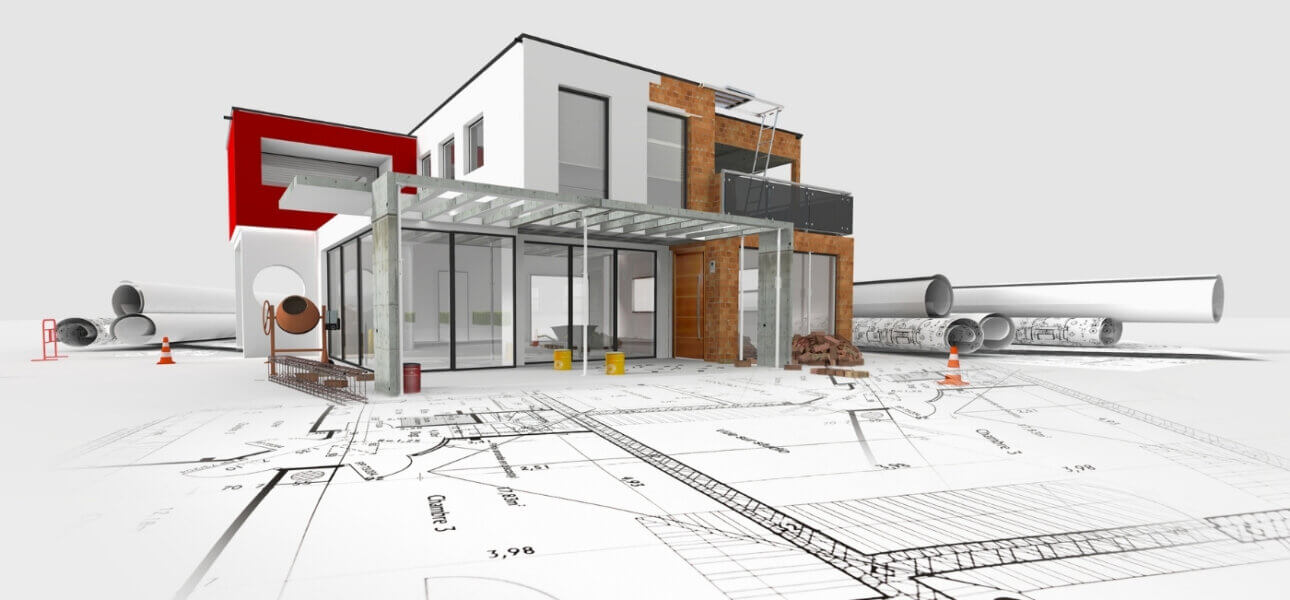Your wall choice decides how cool your rooms feel in May, how fast your contractor finishes, and how clean your paint lines look. In Chennai weather and Padappai’s calmer micro zone, the difference between clay bricks, concrete blocks and AAC shows up in comfort, speed and cost. Here is a simple, practical guide to help you choose for your home at Velammal Garden.

What a wall must handle in Chennai
Walls do much more than divide space. They need to slow heat, shed rain, quieten street noise and carry electrical and plumbing lines neatly.
Targets for a good wall
• Lower afternoon heat inside bedrooms
• Clean plumb surfaces that need minimal plaster and putty
• Easy chasing for conduits without cracks later
• Reasonable sound control for quiet evenings
• Good speed without sacrificing quality
Option 1 Burnt clay bricks
Clay bricks are the familiar choice across Tamil Nadu. Most masons in and around Padappai work comfortably with them.
Strengths
• Excellent workability and crisp corners which make rooms look tidy
• Simple to cut for electrical and plumbing chases
• Good mass for street side sound comfort
• Scope for selective exposed brick features if you like warm textures
Watch outs
• Quality varies by kiln which affects strength and water absorption
• More joints increase mortar use and slow progress
• Heavier dead load compared to AAC which influences structural design
• External plaster needs disciplined curing to handle monsoon
Best use
• Compact villas with classic detailing and standard spans
• Owners who prefer time tested materials with wide labour comfort
Option 2 Concrete blocks solid or hollow
Concrete blocks arrive in larger modules with straighter edges that bring speed and alignment.
Strengths
• Larger unit size means quicker walling and fewer joints
• Straighter planes reduce plaster thickness and save putty bags
• Solid blocks are rugged for compound walls and service rooms
• Hollow variants allow conduits with less cutting
Watch outs
• Thermal comfort is average if west and south faces are not shaded
• Heavier than AAC which adds to structural load
• Needs careful curing to avoid hairline cracks
• Precise cutting and finishing require experienced hands
Best use
• Ground plus one builds on tight timelines
• Boundary walls, pump rooms, stores and utility enclosures
Option 3 AAC blocks Autoclaved Aerated Concrete
AAC is a lightweight, factory cured block with tiny air cells that slow heat transfer. It is popular in modern villas across the Oragadam belt.
Strengths
• Better thermal comfort so evenings feel cooler
• Lower dead load helps foundations and upper floors
• Large yet light units that speed up handling and alignment
• High dimensional accuracy for premium straight walls
• Inorganic and fire resistant with good termite resistance
Watch outs
• Needs thin bed mortar and compatible putty for best finish
• Heavy fixtures require proper anchors or backing blocks
• Edges can chip if chases are cut roughly
• Slightly higher unit rate but often offset by speed and finish savings
Best use
• Upper floors and west facing envelopes where heat control matters the most
• Homes targeting energy savings and finer finish lines
Comfort in the Padappai micro climate
Padappai evenings are breezy while afternoons can be warm. Your wall system should slow heat build up and release it gently.
Heat and daylight feel
• Clay brick
Medium heat gain with slower release. Pairs well with verandahs and west side trees
• Concrete block
Medium to higher heat gain unless shaded. Add pergolas, fins and roof insulation
• AAC
Lower heat gain. Works beautifully with cross ventilation and light coloured exterior paint
Sound and privacy
• Clay brick
Good mass for road facing walls
• Concrete block
Solid blocks perform well. Hollow variants need correct thickness
• AAC
Adequate for villa streets. For a media room add acoustic layers if needed
Cost view compare system cost not unit rate
Only looking at per piece rates can mislead. Compare the full wall package.
Items to include in your comparison
• Delivered rate to the Padappai site
• Mortar type and quantity. Thin bed for AAC and standard mortar for others
• Plaster thickness and putty consumption
• Labour days for walling and finishing
• Extras such as anchors for heavy fixtures, lintels over wide openings and corner beads
Tip
Ask your contractor for two versions of quotes and compare the total of walling plus plaster plus putty. Choose the option that delivers comfort and finish within your budget.
Speed and quality checks for any material
Speed is useful only when lines and levels are perfect. Carry a simple checklist.
On site must checks
• Levels verified every two or three courses with line and plumb
• Joints fully filled without honeycombing
• Door and window reveals straight with proper lintel support
• Curing followed as per schedule without over wetting
• Chases cut with correct tools and repaired with polymer modified mortar before plaster
Monsoon readiness and moisture control
Chennai rains test sloppy detailing. Fix the basics once and enjoy dry walls for years.
Do this early
• External plaster with recommended waterproofing additive where your engineer specifies
• Drip moulds under chajjas and balcony edges to throw water clear
• Proper seal at window frames and sill throating for clean runoff
• Breathable exterior paint system suited to the chosen substrate
• Downpipes placed away from primary bedroom walls where possible
Energy and sustainability lens
Comfort with fewer resources is the goal for a sustainable home.
Quick take
• Clay brick
Traditional charm. Balance with rainwater harvesting and tree shade
• Concrete block
Durable and widely sourced. Choose vendors with quality control
• AAC
Saves structural cement and steel due to low weight and can reduce AC hours thanks to better thermal performance
Labour comfort and site logistics in Padappai
Local teams handle clay bricks and concrete blocks confidently. AAC needs a short demo for thin bed mortar and jointing but crews adapt quickly. Regular plot shapes and internal roads at Velammal Garden make delivery, stacking and wall progress smoother. Explore plots and community planning at velammalgarden.com and line up a visit that matches your build timeline. For a clean documents walk through and route planning toward Oragadam, Tambaram and Kilambakkam, connect again through velammalgarden.com.
Mix and match strategy for better value
You can combine materials to get performance and value in the same villa.
Combinations that work well
• AAC on upper floors and west faces to cut heat gain
• Solid concrete blocks for compound and utility spaces
• Clay brick for select internal walls or a feature surface
• One unified plaster and paint specification to keep finish uniform
A 10 minute selection flow you can save
If you want clarity fast, use this mini filter.
The flow
• Cooler rooms with premium finish and quicker walling
Choose AAC
• Straight tough walls for compounds and utility rooms on a quick schedule
Choose concrete blocks
• Familiar handling and easy chases with classic feel
Choose clay bricks
Fixture anchoring and safety for all wall types
Plan loads during design so walls perform safely for years.
Safe anchoring rules
• Use chemical or sleeve anchors rated for your wall type
• Provide backing blocks where wall hung closets and kitchen cabinets will sit
• Confirm load ratings for geysers and TV panels before plaster
• Prefer stainless or hot dip galvanised hardware near wet areas
Habits that keep cracks away
Cracks usually come from movement and detailing, not only from the unit choice.
Keep these habits
• Movement joints in long compound walls and large plaster areas
• Correct lintel placement and reinforcement over wide openings
• Proper curing period for the chosen unit and mortar
• Roof insulation screed and reflective coat to cut thermal stress
• Neat sealed junctions where wall meets RCC columns and beams
FAQs
Which wall material is best for house construction in Chennai
There is no single winner. AAC brings a comfort edge and faster straight walls, concrete blocks offer rugged speed for compounds and services, and clay bricks deliver classic workability. Match choice to budget, climate goals and your team’s strengths.
Do AAC walls lower electricity bills in Padappai
AAC slows heat gain which can reduce AC run time when paired with west side shading, cross ventilation and roof insulation. Many homes near the Oragadam belt choose AAC especially for upper floors.
Are concrete blocks fine for bedrooms and living rooms
Solid blocks work well when you add shading and roof insulation. If a wall faces harsh afternoon sun, consider AAC or add pergolas and deeper overhangs for comfort.
Can I mix bricks, blocks and AAC in one home
Yes. A common blend is AAC for upper floors, solid concrete blocks for compound and utility spaces and clay brick for select interiors. Keep one plaster and paint system for a consistent finish.
Why prefer Velammal Garden if I care about speed and finish
Regular plot shapes, planned drainage and wide internal roads make delivery, stacking and walling efficient. Clean DTCP and RERA approvals support bank loans and quick plan sanction. Check options and plan your site visit at velammalgarden.com.
Final word
All three materials can deliver a strong, comfortable home when used correctly. For Padappai’s warm afternoons and breezy evenings, AAC helps keep interiors cooler, concrete blocks add speed and ruggedness, and clay bricks bring familiar handling and charm. Pick your system, lock a clear specification and a quality checklist, then start building with confidence. In an approved, well planned community like Velammal Garden, your material decision turns into cleaner lines, cooler rooms and a faster handover. Explore plots and plan your next step at velammalgarden.com.


